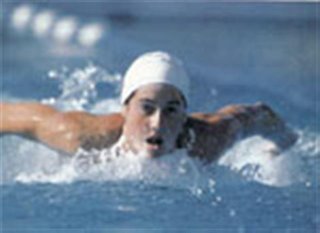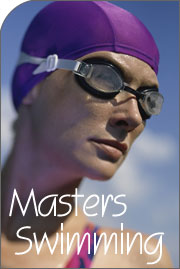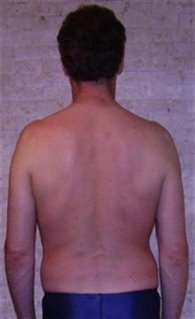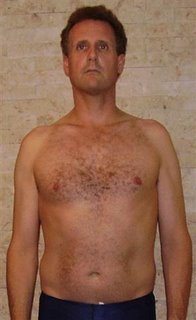I clearly remember joining my first swim club when, at the age of five, my father took me down to the local Victoria YMCA to join the Flying Y Swim Club. I walked through the YMCA holding my father’s hand, descended into the basement, and then walked along the side of the YMCA’s dimly lit pool into an office off the pool deck. There, rising up from a desk upon our entry, was an old, white haired man who was reaching out at the same time to shake my father’s hand. As they stood hands still clasped Dad said something to the effect of, “Mr. McKinnon, I’d like my son to join your swim team”, and that was the start of my swimming career. Archie McKinnon was my coach for almost a year, and can I still picture him walking up and down poolside and calling out to various swimmers to stop, and then correcting their stroke technique right then and there while they floated in the middle of the pool. Archie, or as I would address him, “Sir” (for that was the way little boys talked to adults in my day) was always soft spoken, treated everyone equally, and spent considerable time teaching me (by far the youngest on the team) the various strokes. Simply put Archie McKinnon wanted everyone to be the very best he could be and he had a superb talent for bringing it out. A strong Christian, his philosophy on sport was best summed up by a quote of his, “Cherish the medals but always keep in mind that they don’t represent the be all and end all of sport; the real thing of value is the sweat and work that went into it” - something I have carried close to my heart ever since. One evening he asked me to wait for him after I changed and then he accompanied me up front to meet my father. There in the lobby McKinnon talked to Dad about the Flying Y’s not being a place for serious swimmers any more, of his retirement some years back and his upcoming resignation as the team’s coach, and then told father he thought it was time for me to move on. So that’s what I did; and with not a backward glance I joined the Victoria Amateur Swim Club, or as they were known then, the “Vic Os” (Victoria Olympians).

Archie McKinnon, 1896 - 1984
And now for the rest of the story… it was with considerable surprise when I heard in 1975 the University of Victoria’s new multisports complex was going to be named the McKinnon Building after my one-time coach, but I was even more stunned to learn the reason why. The old, white haired man who had coached me over a decade earlier had also coached Canadians at four Olympic Games in two different sports: the 1932 Los Angeles, 1948 London, and 1952 Helsinki Games for swimming; and the 1936 Berlin Games for track. From 1930 to 1962 my local YMCA from backwater, small town Victoria had placed at least one athlete in track or swimming, and often more, on every Olympic and Commonwealth team Canada fielded. Included amongst his many honors was being a long time inductee into the Canadian Sports Hall of Fame. And I never knew – because nobody told me. I was quite possibly the last person he taught to swim. I realize now father had brought me to the YMCA at such a tender age because he wanted me to know and be taught by a man my father had come to respect as his own coach. For that I’ll be always grateful. And so now you know … the rest of the story.










.jpg)